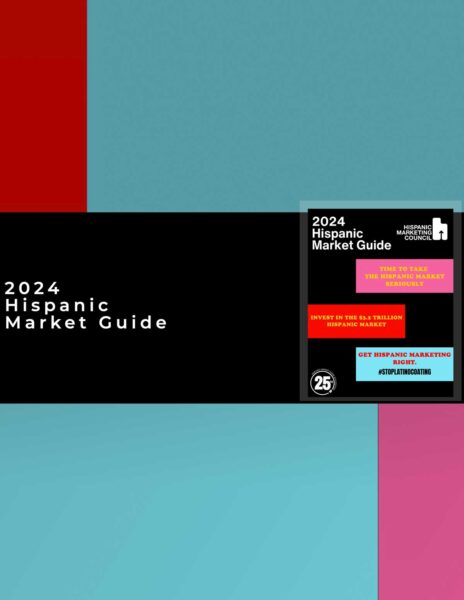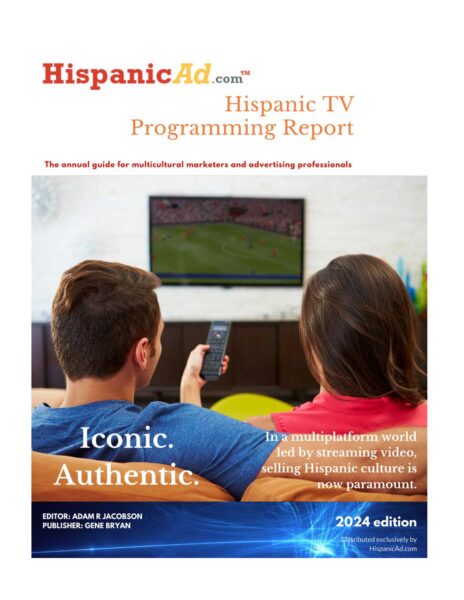The Opposite of Customer Insights is Context. [INSIGHT]
July 16, 2012
The marketing business is all about generating and utilizing customer insights through data. I’m certainly a firm believer in the power of insights, but let’s not forget that sometimes the best way to uncover value is to examine the opposite of something and see what value that brings. In that vein, what’s the opposite of a customer insight? Maybe it’s contextual outsights?
If customer insights are the practice of creating data and measuring the attributes of your customers to craft a 360-degree view of who they are and how to speak to them, maybe contextual outsights are the practice of gathering as much information and data regarding the location of those messages and their external impact as possible to ensure they break through the clutter and resonate with your target.
Effectiveness in marketing is all about targeting and frequency, and targeting has to take context into account. You can have the most targeted ad, but the location of that ad will either lend or take away credibility from it. For example, if you know everything about the user and can deliver him a customized message based on previous purchases, prior behavior and current intent, but that message shows up on an adult website, then your message loses credibility immediately. That’s a more extreme case than most advertisers will deal with, so a more mundane example would be when your Harley Davidson ad shows up within news content about a celebrity motorcycle accident resulting in the death of a pedestrian. That is an outsight you wish you knew in advance, more often than not an example in the ad network and ad exchange landscape.
The problem with contextual outsights is, the industry is quickly advancing toward a non-transparent environment through the advent of exchanges, where much of your budget is being allocated blindly to sites based on pure audience buying. I’m a fan of audience buying because of the targeted nature of the ads and the increased performance, but to be truly valuable to brands and resonate with the consumer, you need to have understanding of context. Buying directly from publishers allows you to do that, and some exchanges will allow you to blacklist sites — but it’s very probable that publishers and advertisers alike need to have tools in place that allow them to measure the contextual relevance of a page and determine ad placement based on immediate context in a transparent manner. Advertisers need the tools that allow them to verify location and context. I know these tools exist, but I wonder how broadly they’re used?
It’s very clear that audience buying, or programmatic buying, is going to become the norm for many years to come, but it can’t be at the complete loss of the understanding for context. Marketers have to understand the location and external effect of the surrounding content on their message, and an opaque ad-buying landscape doesn’t do that.
There are ways publishers and channels like ad exchanges can do this by tagging content on their pages and managing those tags in a DMP plus CMS solution. Through efficiently placing tags on content and feeding that data through these platforms, it’s highly probable that programmatic buying can manage ad placement alongside context while preserving the brand.
This has to be the future, since marketing and advertising is definitely more than just clicks. It’s about exposure and broadcasting a message to a targeted audience. If my TV commercial for a fast-food chain featuring a 1,200-calorie burger shows up during an episode of “The Biggest Loser,” I lose credibility. The same goes for online advertising.
So when you’re working with your partners, ask them what tools they have in place for understanding context. There should be something that allows you some measure of comfort that context will be taken into account.
By Cory Treffiletti
Cory, senior vice president of marketing, BlueKai, is a founder, author, marketer, and evangelist.
Courtesy of MediaPost































